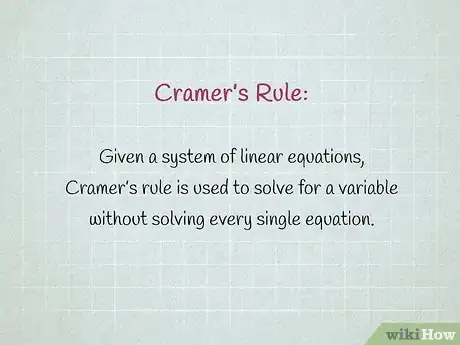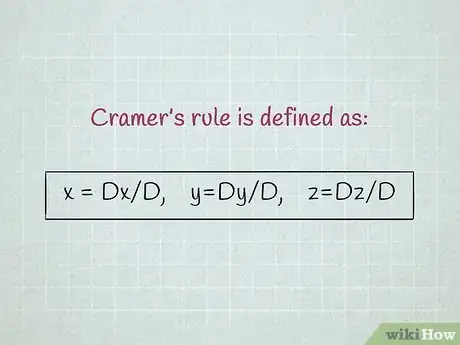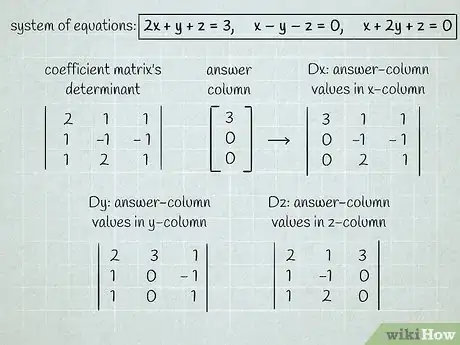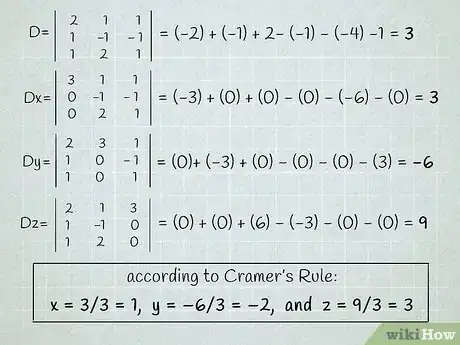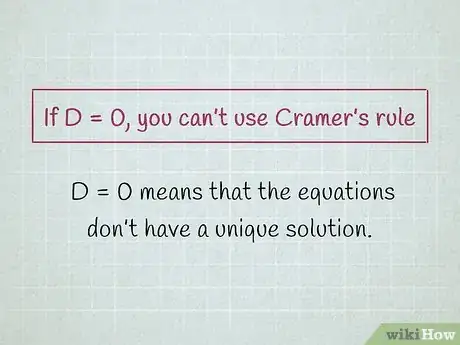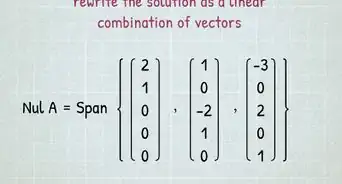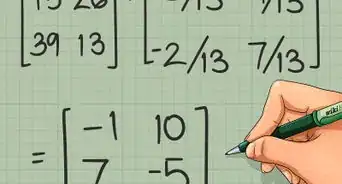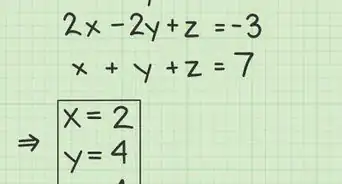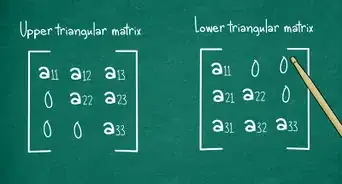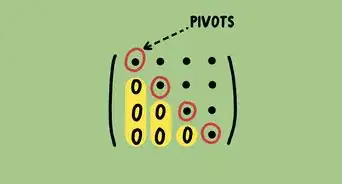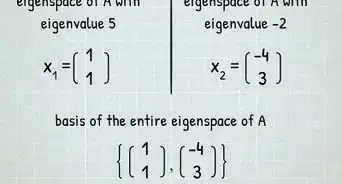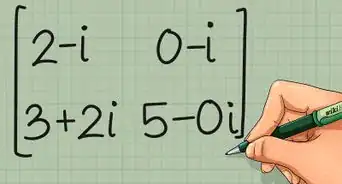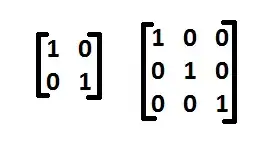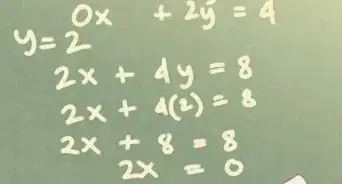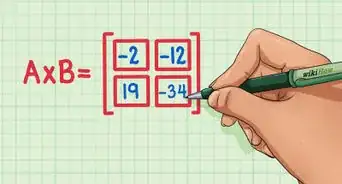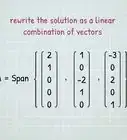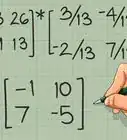This article was co-authored by wikiHow staff writer, Hannah Madden. Hannah Madden is a writer, editor, and artist currently living in Portland, Oregon. In 2018, she graduated from Portland State University with a B.S. in Environmental Studies. Hannah enjoys writing articles about conservation, sustainability, and eco-friendly products. When she isn’t writing, you can find Hannah working on hand embroidery projects and listening to music.
This article has been viewed 26,816 times.
Learn more...
Solving linear equations can be a little tedious—but it doesn’t have to be! With Cramer’s rule, you can solve for 3 separate variables at the same time without solving the entire system of equations. After you find the matrices, you can use simple multiplication, addition, and subtraction to solve for x, y, and z.
Steps
How do you find the determinants using Cramer’s rule?
-
1Find the determinants by categorizing the x, y, and z values. The determinants are the coefficients in your equations, or the numbers multiplied by the variable. For example, let’s use the equations: . To use Cramer’s rule, set up your determinants, or numbers, in a 3 x 3 matrix, or a small box. In the equations above, the box would look like this: . The numbers are all of the values from each of the 3 equations.[3]
-
2Replace the x-column values with the answer column values. Now it’s time to determine what is. To do that, take your box and replace the x column (the one furthest on the left) with the answers from your original 3 equations. So, . This is your coefficient determinant, or the numbers you’ll use to solve for the x variable.[4]
- Repeat this for y and z to find Dy and Dz. For instance, in the equations above, and .
How do you solve 3 equations using Cramer’s rule?
-
1Expand the determinants by rewriting the first 2 columns. In order to use Cramer’s rule, you need to turn your 3 x 3 determinants into a 5 x 3 grid. For example, if you’re working with , add and on the end to create .[5]
-
2Multiply along the downward and upward diagonals. In order to use Cramer’s rule, you have to simplify your 5 x 3 grid using multiplication. Take a look at your expanded box of determinants. Go through and multiply along the downward diagonals, and write the numbers below the box to keep track of them. Then, go through and multiply along the upward diagonals, writing your answers above the box.[6]
- For instance, in the box above, the downward diagonals are: .
- The upward diagonals are: .
-
3Add the downward diagonals and subtract the upward diagonals. Cramer’s rule states that we can use our multiplied numbers to find the variable that we need. In our example above, the equation would look like: . Therefore, .[7]
-
4Plug the numbers into the Cramer’s rule equation. Go through and do the steps above for and . Then, plug your answers into the equation to solve all three.[8]
- Working with our example above, we can expand the Dx, Dy, and Dz variables in the same way. Once you multiply across the upward and downward diagonals, you’ll get: , , .
- Plugging the answers into Cramer’s rule, our equation looks like this: .
- Solve the equation to get: .
References
- ↑ https://www.purplemath.com/modules/cramers.htm
- ↑ http://www.mesacc.edu/~scotz47781/mat150/notes/cramers_rule/Cramers_Rule_3_by_3_Notes.pdf
- ↑ https://www.purplemath.com/modules/cramers.htm
- ↑ https://www.purplemath.com/modules/cramers.htm
- ↑ http://www.mesacc.edu/~scotz47781/mat150/notes/cramers_rule/Cramers_Rule_3_by_3_Notes.pdf
- ↑ https://www.purplemath.com/modules/determs2.htm
- ↑ https://www.math.utah.edu/~gustafso/determinants.pdf
- ↑ https://www.math.utah.edu/~gustafso/determinants.pdf
- ↑ https://www.purplemath.com/modules/cramers.htm
